18 - 22 July 2022
The new space race for lunar resources

The moon contains could contain vast resources of Helium-3 (image: NASA)
2022 is set to witness many long-awaited launches, and much excitement for the space sector. SpaceX have so far been the standout company, already matching their 2021 launch record. But despite the fact half the year has already gone, there is till much more to come.
The publication of the James Webb telescope images last week seem to have greeted well by the public, with a survey of 1000 Americans, 60% agreeing that it was a good investment. This could be welcome show of support for the industry, coming on the back of a previous survey by Inmarsat showing that many were sceptical or unaware about benefits of the space sector. Beyond the achievements of the JWST, we are set to hopefully see the launch of SpaceX’s interplanetary Starship, the maiden launch of Artemis-1, and numerous lunar landings.
Things are hotting up, and there’s no doubt there is a kind of space race era emerging once more. But the goals are very different from what they were over 50 years ago. With the current economic and climate issues facing the planet, and world economies struggling with issues relating to sourcing energy and precious metals, perhaps now it is easy to see why such a race has once again emerged.
The emergence of new leaders in space
Unlike the first space race, the sector is no longer dominated by only two nations. Although the US and Russia remain world leaders in space technology, they are no longer alone.
The UAE has continued to with its efforts to expand its space economy by announcing plans for their own radar satellite constellation and fund to support its burgeoning space sector, whilst Saudi Arabia has become the latest nation to sign-up to the US-led Artemis Accords.
The UK also continues to expand its footprint in the global space economy, and has this week announced closer ties with the US in space, and is already a member of the Artemis Accords. The UK has also drawn out more details on its plan to become the world leader in setting standards for sustainability and responsible behaviour in space (their ‘Astra Carta’). They envisage a plan where sustainable behaviour will be rewarded with cheaper licenses and insurance incentives, and plan to establish a way in which to implement these plans internationally alongside the UN and G7.
Europe will also remain a key and growing player in space, with German company Rocket Factory coming closer to developing their commercial staged rocket after completing a successful rocket burn test. They hope to launch mid-late 2023.
China have also announced new plans for their Long March 9 rocket, making it fully reusable for future outer space projects, perhaps putting it in direct competition with SpaceX and Starship.
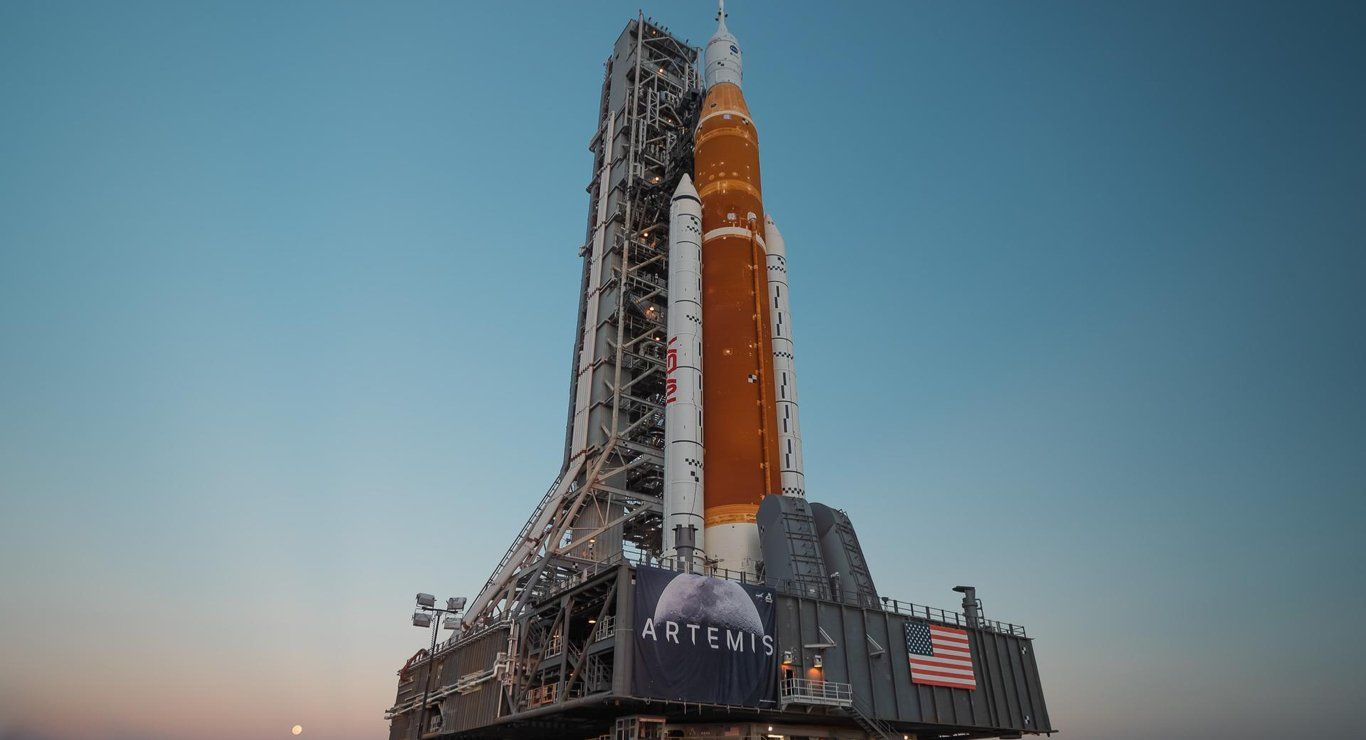
Artemis-1 set for launch in August or September this year. (image: NASA)
We’re in a race to the moon (and beyond)
With increasing innovation in the space sector comes a race that will be more fiercely contested. 2022 alone will see some achievements that will set humankind’s course to the moon, and beyond. China, now fast catching up to the US in terms of tech, will launch a solar probe later this year. The probe is due to capture data regarding the solar magnetic field, and share it with the while world. Could this be another way in which China are providing new leadership in space?
Japanese company iSpace have updated in their plans to send their lander to the Moon, hoping for a November launch atop a Falcon-9. This mission will include several commercial and governmental payloads, including UAE’s lunar rover. NASA has also announced that they intend to launch Artemis-1 late August or early September this year, in what has been a long anticipated moment. Furthermore, NASA have chosen Draper Laboratory to develop their lander to send scientific experiments to the far side the Moon in 2025.
GM and Lockheed Martin have also updated the public on the development of their lunar rover attempt, claiming their combined ingenuity on both automotive and aerospace will be the key to their success.
Going beyond the Moon, 3D rocket company Relativity Space has announced plans to launch Impulse Space’s Martian lander, with anticipated launch in 2024. The reusable 3D printed rocket will certainly prove to be a giant leap forwards for additive and sustainable design.
A race for Helium-3?
The race is certainly on. There is increasing competition with more companies developing launch capabilities and vehicles to explore other celestial bodies, in particular the Moon.
The Moon is known to have reserves of water, precious metals, and the highly sought after Helium-3. It is thought that Helium-3 is not radioactive, could be used to power nuclear fission reactors and so could provide an endless source of clean energy. It’s for these reasons that the race to the Moon could sadly result in international tension and conflict.
It’s believed that robotics will be required to carry our the bulk of the work when it come to resource mining, and amongst their many challenges, NASA is holding an ongoing space robotics challenge, aimed at enhancing autonomous capabilities and robotic software for space research missions on the Moon and beyond. This week the US have also announced plans under the Creating Helpful Incentives to Produce Semiconductors (CHIPS) Act, which include increasing the frequency of Artemis launches. The existence of lunar landing decision within an act focussed on semiconductors may not be a coincidence, especially considering the worldwide shortage. The Moon and other celestial bodies are thought to contain masses of the precious materials, which are used in the production of semiconductors.
Also this week, Google and Chevron were part of a $250 million dollar fundraising round for nuclear fission startup TAE Technologies. Clean energy is perhaps the most sought after commodity on the planet at the moment. Should the technology prove viable, Helium-3 could become humankind’s most precious resource.
In a week where we have seen China and the US once again sling mud on one and other, we can only hope that nations can put their differences aside and work together on our goals in outer space. History shows us that peace is so fragile, especially when it comes to appropriating precious resources.
Yet the benefits of outer space can address so many of the major problems we are facing on Earth. This week for the first time, people in the UK lost their homes due to wildfires in a worrying sign of things to come as a direct result of global warming. The sourcing of vast resources of clean, green energy is for the benefit of the planet and all humanity. Despite our differences, by working together we might able to achieve incredible things.
External Links
This Week
*News articles posted here are not property of ANASDA GmbH and belong to their respected owners. Postings here are external links only.
Our future in space
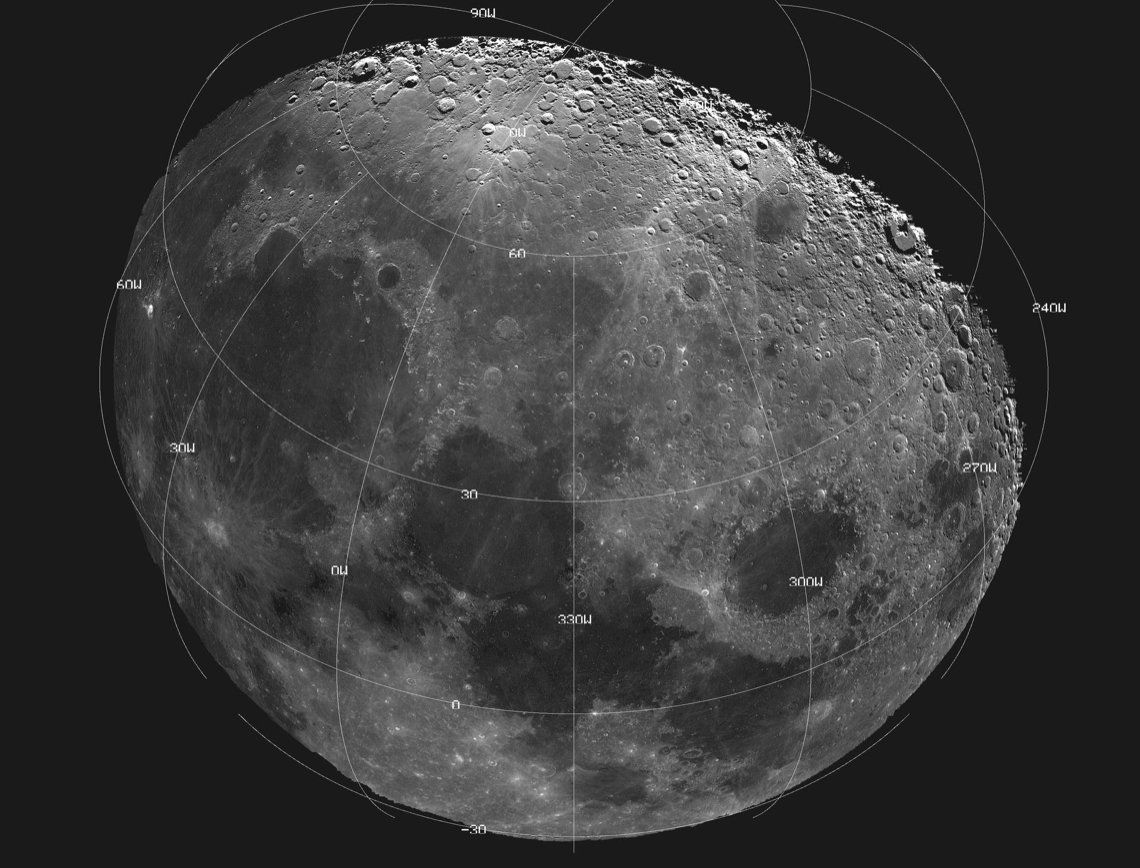
The moon contains could contain vast resources of Helium-3 (image: NASA)
18 - 22 July, 2022
The new space race for lunar resources
2022 is set to witness many long-awaited launches, and much excitement for the space sector. SpaceX have so far been the standout company, already matching their 2021 launch record. But despite the fact half the year has already gone, there is till much more to come. The publication of the James Webb telescope images last week seem to have greeted well by the public, with a survey of 1000 Americans, 60% agreeing that it was, at least, a somewhat good investment.
This could be welcome show of support for the industry, coming on the back of a previous survey by Inmarsat showing that many were sceptical or unaware about benefits of the space sector. Beyond the achievements of the JWST, we are set to hopefully see the launch of SpaceX’s interplanetary Starship, the maiden launch of Artemis-1, and numerous lunar landings.
Things are hotting up, and there’s no doubt there is a kind of space race era emerging once more. But the goals are very different from what they were over 50 years ago. With the current economic and climate issues facing the planet, and world economies struggling with issues relating to sourcing energy and precious metals, perhaps now it is easy to see why such a race has once again emerged.
The emergence of new leaders in space
Unlike the first space race, the sector is no longer dominated by only two nations. Although the US and Russia remain world leaders in space technology, they are no longer alone.
The UAE has continued to with its efforts to expand its space economy by announcing plans for their own radar satellite constellation and fund to support its burgeoning space sector, whilst Saudi Arabia has become the latest nation to sign-up to the US-led Artemis Accords.
The UK also continues to expand its footprint in the global space economy, and has this week announced closer ties with the US in space, and is already a member of the Artemis Accords. The UK has also drawn out more details on its plan to become the world leader in setting standards for sustainability and responsible behaviour in space (their ‘Astra Carta’). They envisage a plan where sustainable behaviour will be rewarded with cheaper licenses and insurance incentives, and plan to establish a way in which to implement these plans internationally alongside the UN and G7. Europe will also remain a key and growing player in space, with German company Rocket Factory coming closer to developing their commercial staged rocket after completing a successful rocket burn test. They hope to launch mid-late 2023.
China have also announced new plans for their Long March 9 rocket, making it fully reusable for future outer space projects, perhaps putting it in direct competition with SpaceX and Starship.
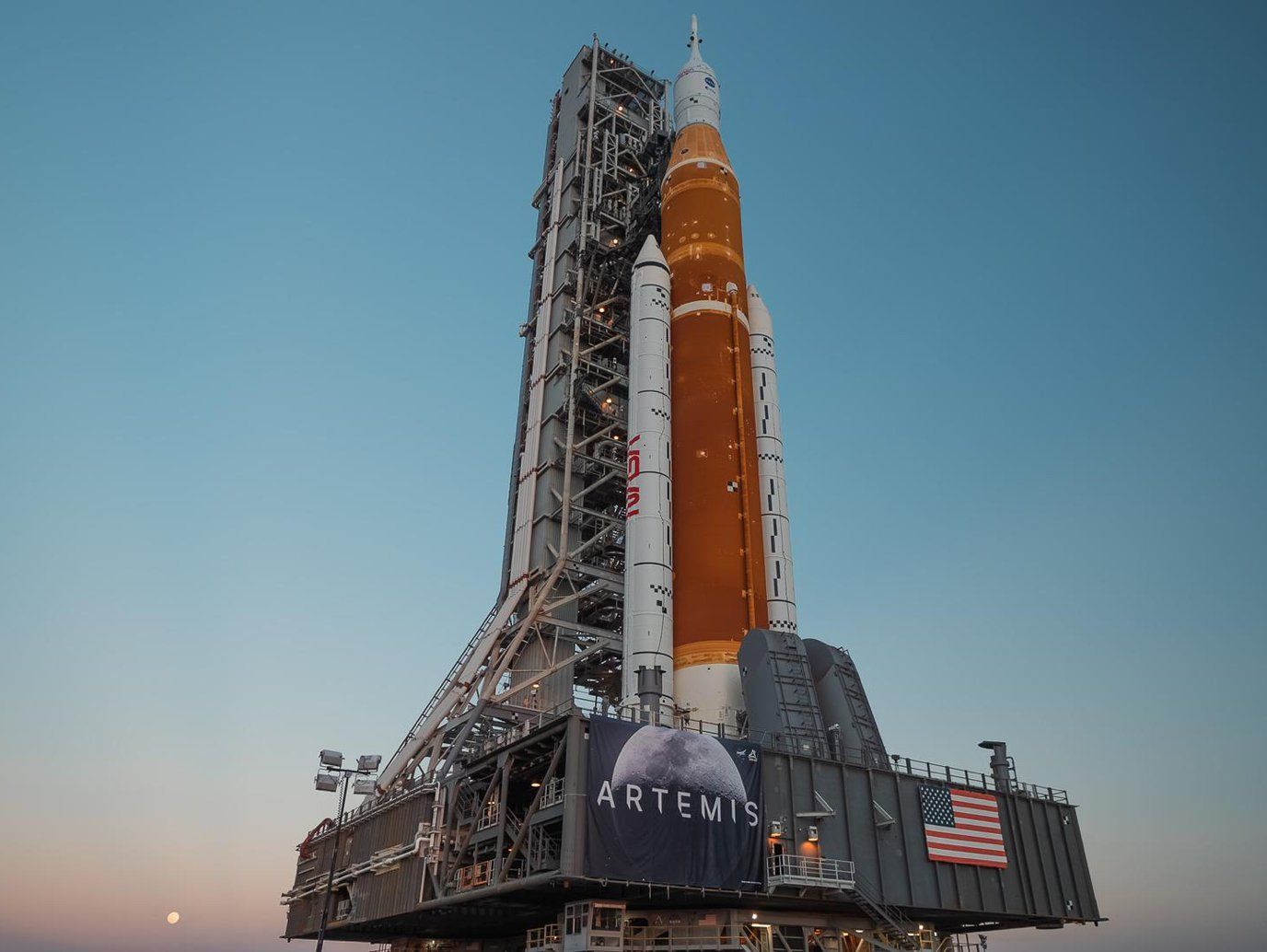
Artemis-1 set for launch in August or September this year. (image: NASA)
We’re in a race to the moon (and beyond)
With increasing innovation in the space sector comes a race that will be more fiercely contested. 2022 alone will see some achievements that will set humankind’s course to the moon, and beyond.
China, now fast catching up to the US in terms of tech, will launch a solar probe later this year. The probe is due to capture data regarding the solar magnetic field, and share it with the while world. Could this be another way in which China are providing new leadership in space?
Japanese company iSpace have updated in their plans to send their lander to the Moon, hoping for a November launch atop a Falcon-9. This mission will include several commercial and governmental payloads, including UAE’s lunar rover. NASA has also announced that they intend to launch Artemis-1 late August or early September this year, in what has been a long anticipated moment. Furthermore, NASA have chosen Draper Laboratory to develop their lander to send scientific experiments to the far side the Moon in 2025.
GM and Lockheed Martin have also updated the public on the development of their lunar rover attempt, claiming their combined ingenuity on both automotive and aerospace will be the key to their success.
Going beyond the Moon, 3D rocket company Relativity Space has announced plans to launch Impulse Space’s Martian lander, with anticipated launch in 2024. The reusable 3D printed rocket will certainly prove to be a giant leap forwards for additive and sustainable design.
A race for Helium-3?
The race is certainly on. There is increasing competition with more companies developing launch capabilities and vehicles to explore other celestial bodies, in particular the Moon.
The Moon is known to have reserves of water, precious metals, and the highly sought after Helium-3. It is thought that Helium-3 is not radioactive, could be used to power nuclear fission reactors and so could provide an endless source of clean energy. It’s for these reasons that the race to the Moon could sadly result in international tension and conflict.
It’s believed that robotics will be required to carry our the bulk of the work when it come to resource mining, and amongst their many challenges, NASA is holding an ongoing space robotics challenge, aimed at enhancing autonomous capabilities and robotic software for space research missions on the Moon and beyond. This week the US have also announced plans under the Creating Helpful Incentives to Produce Semiconductors (CHIPS) Act, which include increasing the frequency of Artemis launches. The existence of lunar landing decision within an act focussed on semiconductors may not be a coincidence, especially considering the worldwide shortage. The Moon and other celestial bodies are thought to contain masses of the precious materials, which are used in the production of semiconductors.
Also this week, Google and Chevron were part of a $250 million dollar fundraising round for nuclear fission startup TAE Technologies. Clean energy is perhaps the most sought after commodity on the planet at the moment. Should the technology prove viable, Helium-3 could become humankind’s most precious resource.
In a week where we have seen China and the US once again sling mud on one and other, we can only hope that nations can put their differences aside and work together on our goals in outer space. History shows us that peace is so fragile, especially when it comes to appropriating precious resources.
Yet the benefits of outer space can address so many of the major problems we are facing on Earth. This week for the first time, people in the UK lost their homes due to wildfires in a worrying sign of things to come as a direct result of global warming. The sourcing of vast resources of clean, green energy is for the benefit of the planet and all humanity. Despite our differences, by working together we might able to achieve incredible things.
Share this article
External Links
This Week
*News articles posted here are not property of ANASDA GmbH and belong to their respected owners. Postings here are external links only.
18 - 22 July 2022
The new space race for lunar resources
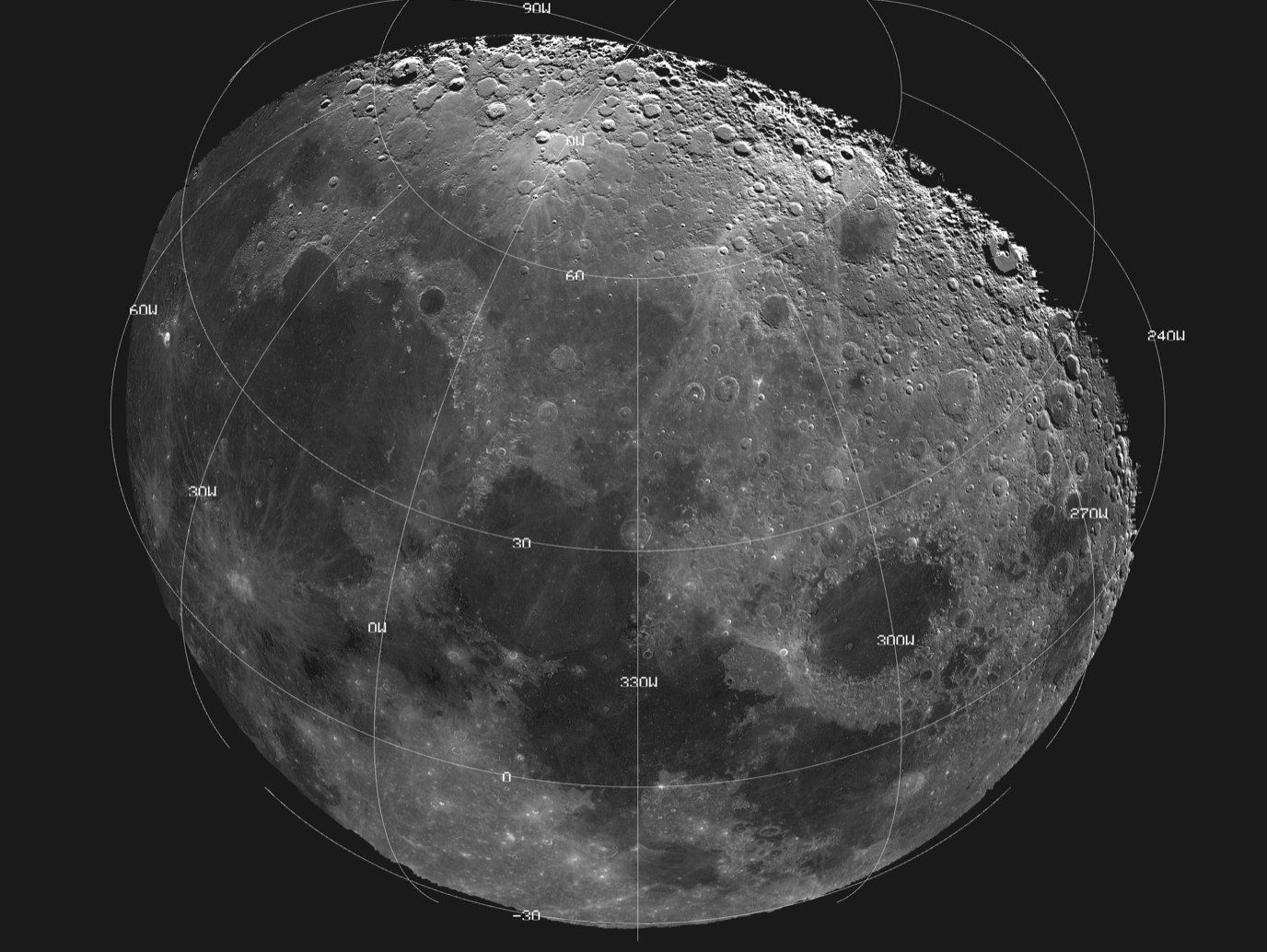
The moon contains could contain vast resources of Helium-3 (image: NASA)
2022 is set to witness many long-awaited launches, and much excitement for the space sector. SpaceX have so far been the standout company, already matching their 2021 launch record. But despite the fact half the year has already gone, there is till much more to come.
The publication of the James Webb telescope images last week seem to have greeted well by the public, with a survey of 1000 Americans, 60% agreeing that it was a good investment. This could be welcome show of support for the industry, coming on the back of a previous survey by Inmarsat showing that many were sceptical or unaware about benefits of the space sector. Beyond the achievements of the JWST, we are set to hopefully see the launch of SpaceX’s interplanetary Starship, the maiden launch of Artemis-1, and numerous lunar landings.
Things are hotting up, and there’s no doubt there is a kind of space race era emerging once more. But the goals are very different from what they were over 50 years ago. With the current economic and climate issues facing the planet, and world economies struggling with issues relating to sourcing energy and precious metals, perhaps now it is easy to see why such a race has once again emerged.
The emergence of new leaders in space
Unlike the first space race, the sector is no longer dominated by only two nations. Although the US and Russia remain world leaders in space technology, they are no longer alone.
The UAE has continued to with its efforts to expand its space economy by announcing plans for their own radar satellite constellation and fund to support its burgeoning space sector, whilst Saudi Arabia has become the latest nation to sign-up to the US-led Artemis Accords.
The UK also continues to expand its footprint in the global space economy, and has this week announced closer ties with the US in space, and is already a member of the Artemis Accords. The UK has also drawn out more details on its plan to become the world leader in setting standards for sustainability and responsible behaviour in space (their ‘Astra Carta’). They envisage a plan where sustainable behaviour will be rewarded with cheaper licenses and insurance incentives, and plan to establish a way in which to implement these plans internationally alongside the UN and G7.
Europe will also remain a key and growing player in space, with German company Rocket Factory coming closer to developing their commercial staged rocket after completing a successful rocket burn test. They hope to launch mid-late 2023.
China have also announced new plans for their Long March 9 rocket, making it fully reusable for future outer space projects, perhaps putting it in direct competition with SpaceX and Starship.
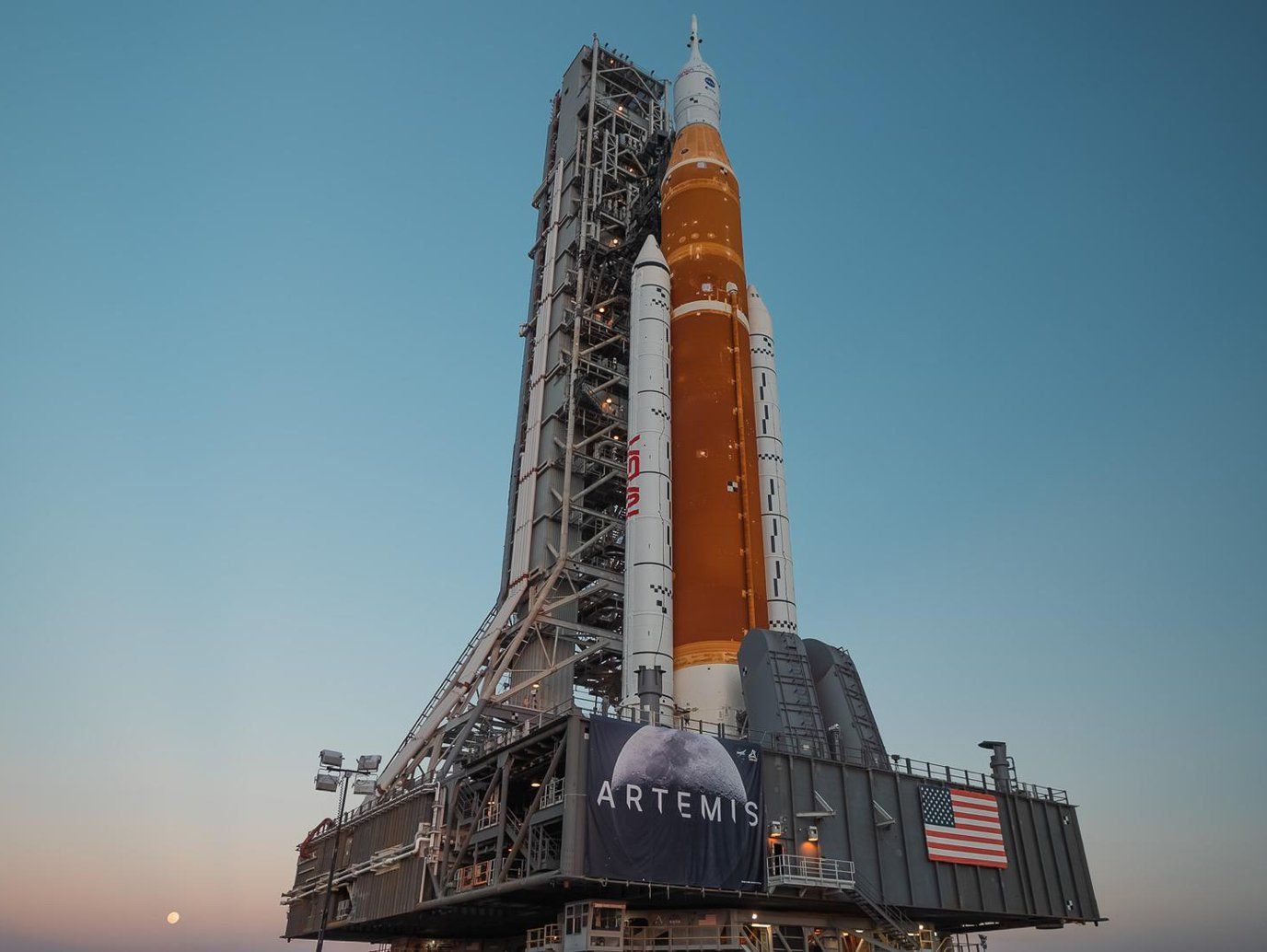
Artemis-1 set for launch in August or September this year. (image: NASA)
We’re in a race to the moon (and beyond)
With increasing innovation in the space sector comes a race that will be more fiercely contested. 2022 alone will see some achievements that will set humankind’s course to the moon, and beyond.
China, now fast catching up to the US in terms of tech, will launch a solar probe later this year. The probe is due to capture data regarding the solar magnetic field, and share it with the while world. Could this be another way in which China are providing new leadership in space?
Japanese company iSpace have updated in their plans to send their lander to the Moon, hoping for a November launch atop a Falcon-9. This mission will include several commercial and governmental payloads, including UAE’s lunar rover. NASA has also announced that they intend to launch Artemis-1 late August or early September this year, in what has been a long anticipated moment. Furthermore, NASA have chosen Draper Laboratory to develop their lander to send scientific experiments to the far side the Moon in 2025.
GM and Lockheed Martin have also updated the public on the development of their lunar rover attempt, claiming their combined ingenuity on both automotive and aerospace will be the key to their success.
Going beyond the Moon, 3D rocket company Relativity Space has announced plans to launch Impulse Space’s Martian lander, with anticipated launch in 2024. The reusable 3D printed rocket will certainly prove to be a giant leap forwards for additive and sustainable design.
A race for Helium-3?
The race is certainly on. There is increasing competition with more companies developing launch capabilities and vehicles to explore other celestial bodies, in particular the Moon.
The Moon is known to have reserves of water, precious metals, and the highly sought after Helium-3. It is thought that Helium-3 is not radioactive, could be used to power nuclear fission reactors and so could provide an endless source of clean energy. It’s for these reasons that the race to the Moon could sadly result in international tension and conflict.
It’s believed that robotics will be required to carry our the bulk of the work when it come to resource mining, and amongst their many challenges, NASA is holding an ongoing space robotics challenge, aimed at enhancing autonomous capabilities and robotic software for space research missions on the Moon and beyond. This week the US have also announced plans under the Creating Helpful Incentives to Produce Semiconductors (CHIPS) Act, which include increasing the frequency of Artemis launches. The existence of lunar landing decision within an act focussed on semiconductors may not be a coincidence, especially considering the worldwide shortage. The Moon and other celestial bodies are thought to contain masses of the precious materials, which are used in the production of semiconductors.
Also this week, Google and Chevron were part of a $250 million dollar fundraising round for nuclear fission startup TAE Technologies. Clean energy is perhaps the most sought after commodity on the planet at the moment. Should the technology prove viable, Helium-3 could become humankind’s most precious resource.
In a week where we have seen China and the US once again sling mud on one and other, we can only hope that nations can put their differences aside and work together on our goals in outer space. History shows us that peace is so fragile, especially when it comes to appropriating precious resources.
Yet the benefits of outer space can address so many of the major problems we are facing on Earth. This week for the first time, people in the UK lost their homes due to wildfires in a worrying sign of things to come as a direct result of global warming. The sourcing of vast resources of clean, green energy is for the benefit of the planet and all humanity. Despite our differences, by working together we might able to achieve incredible things.
Share this article
External Links
This Week
*News articles posted here are not property of ANASDA GmbH and belong to their respected owners. Postings here are external links only.

















